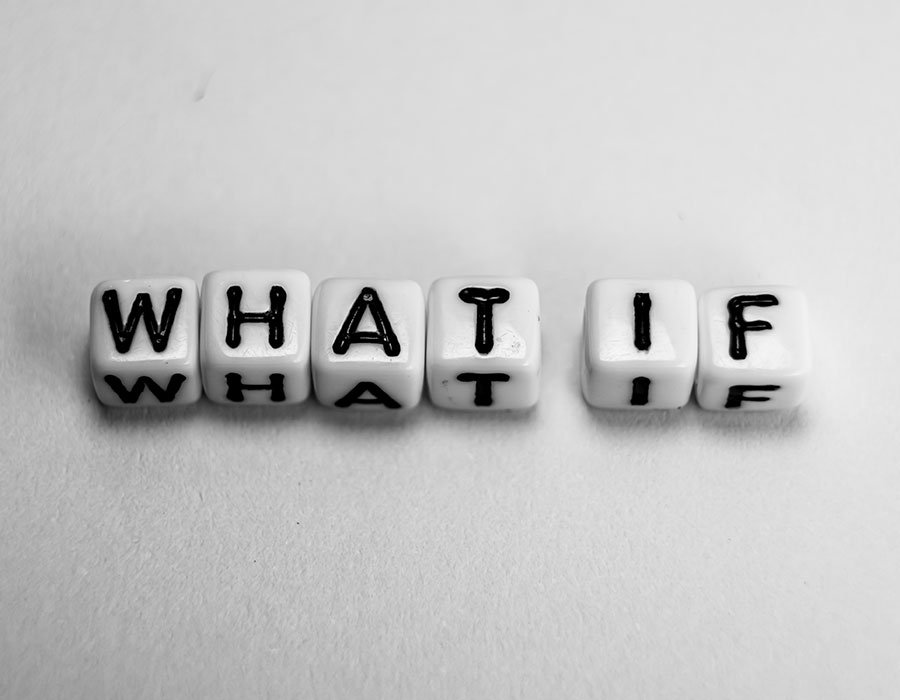“The measure of intelligence is the ability to change.” ~ Albert Einstein
Stanford d.school welcomes the visitor with the following message:
“We believe everyone has the capacity to be creative. The Stanford d.school is a place where people use design to develop their own creative potential.”
It resonates with me on many levels. First of all, the creative aspect that we all share is something that I deeply believe in. Creativity drives every action, regardless of profession, stage of life, or location - from big undertakings to the simplest, banal activities. It is not a very popular view, especially among those who claim that creativity is missing from their lives, which is sad, because it is never missing. Simply one needs to accept it. We are all creative beings.
Next, the word design is incredibly close to me as I present myself as a designer in the first sentence of my book. I am a designer, and I treated everything as a design project throughout my life - from bookshelves to my son's education and, most recently, my health - a long-term project that spilled off, affecting my family, friends and even a few neighbours in a wave of hallo effect.
There are five stages of design thinking, according to the d.school:
Empathize: research your users' needs.
Define: state your users' needs and problems.
Ideate: challenge assumptions and create ideas.
Prototype: start to create solutions.
Test: try your solutions out.
When I decided—or, I should correctly state, my intuition pushed me towards it—to use Design Thinking Process to solve my health, I did not plan to follow exactly the five steps in some pre-defined process. It was a natural outcome of the situation I was in. But, retrospectively, I see that my Health Project followed the d.school process quite well.
The first two steps are self-explanatory - I was up to my neck, slowly sinking into disease. My needs and problems were painfully visible. The last two steps, Prototype and Test, were also straightforward - create and test a routine—nothing special about it. However, the third step—Ideate—is where, I think, the crux of the design magic happened. Let me explain why.
After typing "rheumatoid arthritis" into amazon's search box, over 4,000 books appear. That is a lot of content. The majority focuses on the diet, which I can attest from my experience, is the right path forward. However, almost every book approaches health from, I believe, a false premise that RA can't be eradicated from the body. Once the disease manifests itself, we can only soften the blow by applying dietary changes, some form of exercise or mental practices. I salute the authors who offered paths to "live with rheumatoid arthritis," but at the same time, I can't deny the missing fundamental aspect of the design process - challenging assumptions.
Asking "what if" is the first thing the design is destined to explore. What if there is another way? What if the current knowledge is based on a false basis? What if the root cause lies somewhere else? What if mainstream medicine was wrong? What if a temporary malfunction of my immune system caused rheumatoid arthritis? Without asking questions that challenge everything and without an open mind to at least consider answers that may turn upside-down beliefs, the designer is stuck in the same feedback loop. Regardless of the project, an open mind with no limiting assumptions can solve any problem.
The last step in the d.school Design Thinking list calls for testing the solution. That's the beauty of this process. Come up with something and try it. That's all there is—a simple and natural way of discovering what is what. Anyone can do it.
For instance, after reading The Future of Nutrition and The China Study by T. Colling Campbell, I decided to try it and remove all animal-based products from my diet. Why not? I don't have to proclaim becoming vegan or a follower of Whole Foods, Plant-based diet. All I have to do is to try it and see what will happen. Since I started my Health Project almost three years ago, I have become attuned to the signals from my body. I feel light and full of energy after a plant-based dinner which can't be said when fish or meat is on my plate. The trick is, like with everything, not to overthink it. Feel it, instead. Use intuition as a guide—freedom of choice.
What started as a necessity to overcome a health challenge turned into an incredible inward journey of discovering who I am. And I am not talking about the profession or being a Pole who lives in Canada, but something more profound. For example, I was unaware of my happiness in going for a swim in winter or that I enjoy meditation so much. I was unaware that I could feel the energy moving through my body. I was unaware I could turn off my thinking, or the analyzer as Jeffrey Allen calls the brain, in his excellent Duality program. All of it is the result of the Design Thinking approach, especially the Ideate step presenting us with opportunities to use imagination, curiosity, and creativity - the qualities that we often forget about with our heads tilted in unison towards those little screens that seem to suck out lives in exchange for disconnected fragments of emotions while we have all we need right here, in our hearts.
Find out why I got sick and how "incurable" became "curable."


